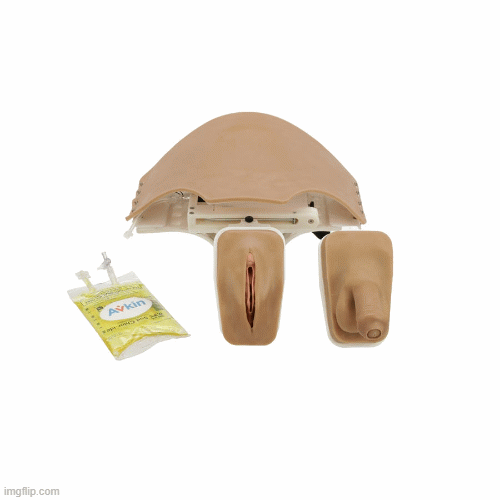Simulation is an important aspect of the medical profession. It is an excellent way for medical professionals to hone their skills and learn new techniques. However, simulation can be expensive. In this week’s Simulation Nation episode, Amy Cowperthwait, CEO, RN, MSN, CNS, CHSE-A sat down with Alaina Harrington, DNP, RN, FAAN, FSSH, ANEF, CHSE-A to discuss the Simulationist’s Guide to Breaking Down Costs.
Once you have identified the type of simulation you need, you can begin to research the costs associated with it. This includes the cost of the simulation software, equipment, and personnel. It is important to get quotes from different vendors and compare prices.
Another way to break down the cost of simulation is to consider the frequency of use. If you only need to use simulation once a year, it may be more cost-effective to rent equipment and software rather than purchasing it outright.
In addition to the direct costs of simulation, it is important to consider the indirect costs. This includes the cost of training personnel, the cost of maintaining equipment, and the cost of space. These costs can add up quickly, so it is important to factor them into your budget.
Finally, it is important to explore funding options. Many organizations offer grants and other funding opportunities for simulation programs. It is worth exploring these options to help offset the cost of simulation.
By breaking down the costs and exploring funding options, simulation can be made more affordable. Remember to identify the type of simulation you need, research the costs, consider the frequency of use, factor in indirect costs, and explore funding options. With these steps, you can make simulation a valuable and cost-effective part of healthcare education.































